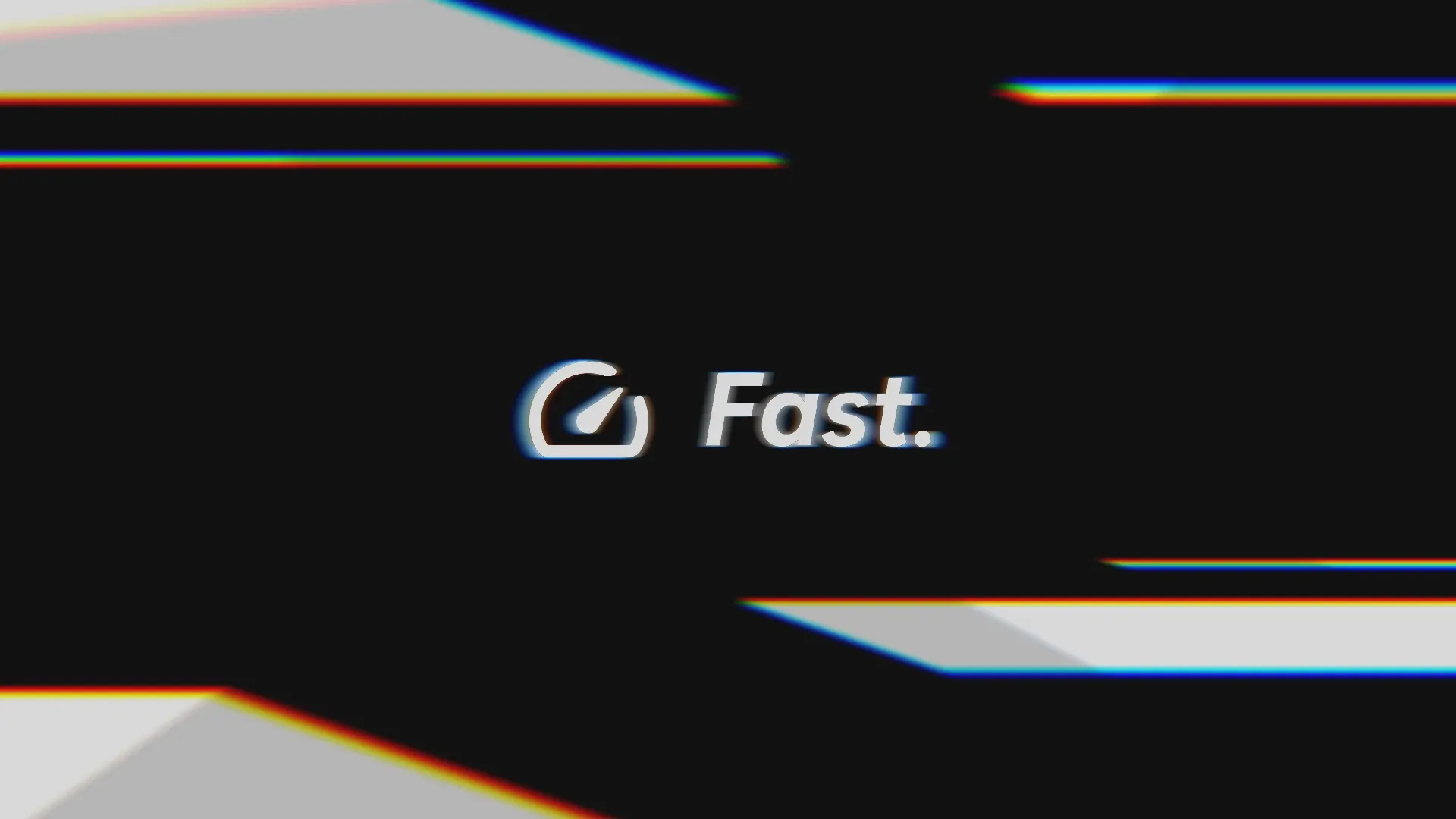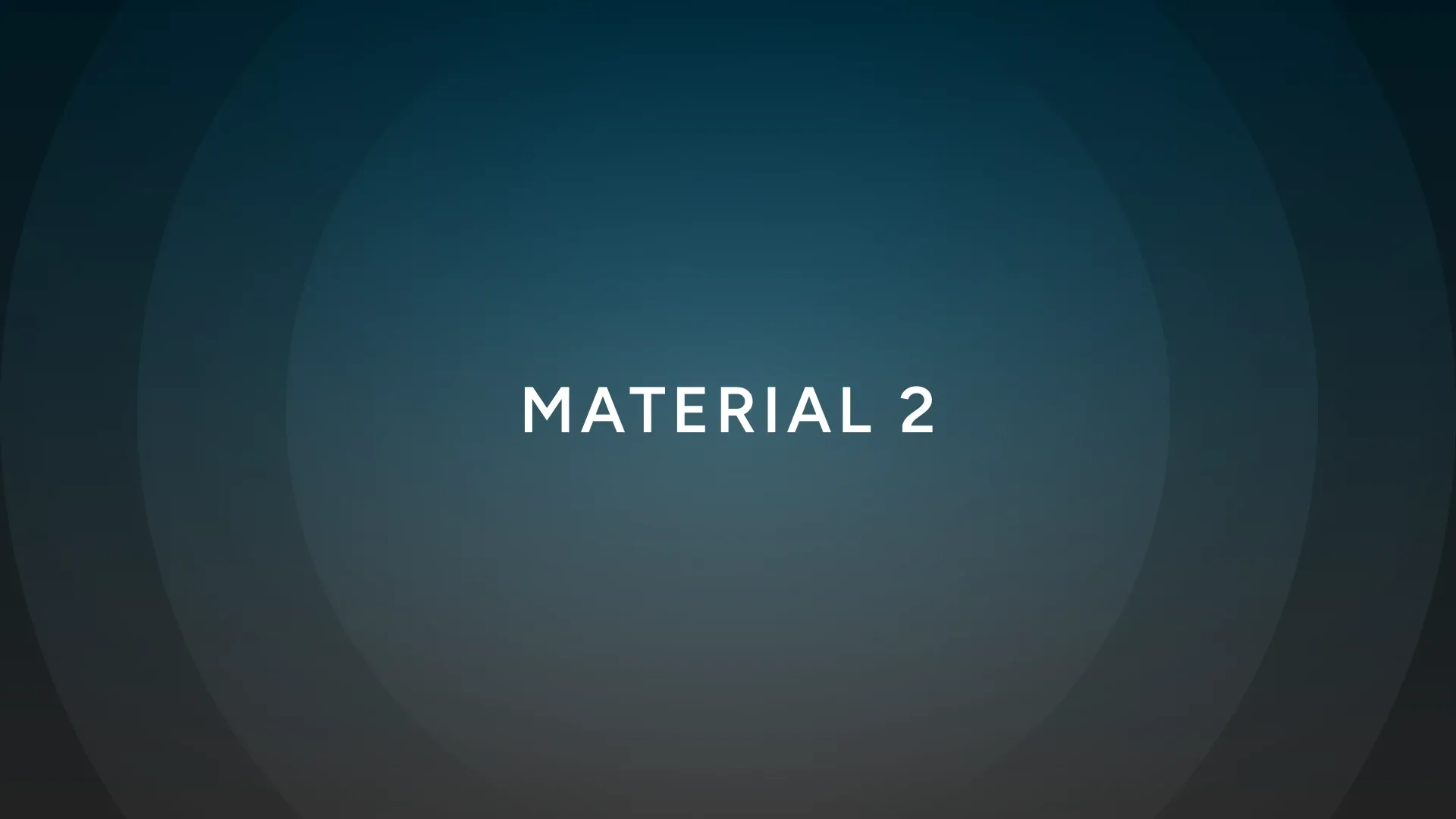What’s this?
This is the website for the m3ripple library.
m3ripple is a React library to show ripple effect like android 12 or later on the Web.
Why m3ripple?
On the Web

You can implement beautiful ripple effect with Sparkle Effect easily to your Web Projects.
m3ripple provides the RippleContainer component.
Simply wrap the element to which you want to apply the ripple effect with it.
Well-Tuned

Implementing even a basic version of the Ripple Effect can be a surprisingly complex task. And as you aim to improve its completeness and polish, things get even more complicated.
For example, when a touchstart event is triggered on a touch-enabled device, should the Ripple Effect always be rendered?
Not necessarily — the event might have been triggered simply because a finger happened to be over the element during a scroll.
How should we handle such cases?
Additionally, on touch-enabled devices, a tap triggers not only touchstart and touchend but also mousedown and mouseup. This can cause the Ripple Effect to appear twice unless proper precautions are taken.
Handling all these different cases — especially if this interaction is not the main focus of your project — can be challenging and time-consuming to do on your own for just a single effect.
That’s exactly why you should consider using m3ripple.
Customizable

m3ripple offers a variety of customization options for the Ripple Effect.
To implement the Ripple Effect, you need to wrap your target element with a RippleContainer. Not only can you add a className to this container, but you can also control a wide range of properties — including the Ripple color, sparkle color, amount, opacity transitions, and even a callback function to be executed just before the effect is triggered.
Additionally, since RippleContainer ultimately renders as a div element, you can freely pass in almost any native div properties you need.
High Speed

The Ripple Effect is rendered using the Web Animations API, while the sparkles are drawn on a single <canvas> element.
This approach is significantly more efficient compared to alternatives such as using a large number of <div> elements or multiple canvas layers — both of which I had previously experimented with.
Before switching to this rendering method, it was difficult to achieve smooth sparkle animations in Firefox. However, with the current implementation, performance is now within a practical range (and on Chromium-based browsers, the experience is very smooth).
Material 2

Want to use the Ripple Effect from Material 2?
While it’s not actively maintained and therefore not recommended, I’ve prepared a carefully recreated version — and it works reliably!
All you need to do is pass false to the isMaterial3 option on RippleContainer.
Try
You can try it out on the Examples page.